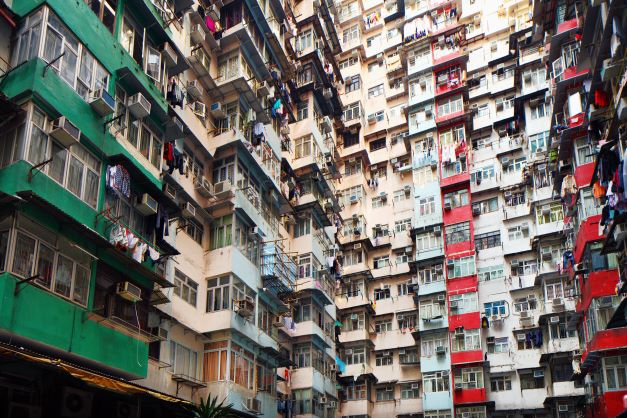The United Nations Global Cities Report estimates that by 2050, the number of people living in urban areas will grow to represent 67% of the world’s population. 56% of people currently live in urban areas and experts predict that soon there will be no room for everyone in cities.
Data from the World Bank revealed that in 2021, the population of Colombia living in urban areas accounted for nearly 80% of the total, and the forecasts of the demographic center for Latin America and the Caribbean – SLAD – expect this figure to reach 87%. by 2050.
According to data from the last Danish population census (2018), the country has a population of about 48 million, of which more than 15 million, or about 13%, are concentrated in the cities of Bogota, Medellin, Cali, Barranquilla and Cartagena. .
So, the key question is, can our cities, under current conditions, withstand pressures of this magnitude? Currently, issues such as the environment, traffic, renewable energy and remote work, among others, are temporary issues from which no one escapes, which is why the Barcelona School of Design is analyzing some of the trends on how cities and spaces are starting to change. With regard to the mentioned topics.
Daniel Zampa, Architect and Teacher at Barcelona School of Design (ESDESIGN) It states”There are two main aspects, the first and most obvious is the environmental factor. Cities can use less energy (even generate it), recycle more and better, and have fresh air and a relaxing soundscape. The second is the social factor: Cities can facilitate a more engaged social and community life, contribute to the resilience of residents, create positive bonds among their residents, and aspire to a more equitable and responsible distribution of urban wealth.”
To solve the initial question, some trends were raised, such as, for example, the “15 minute city” raised by Carlos Moreno, Professor at the Sorbonne University in Paris, which proposes reducing the flow of cars and putting pedestrians and cyclists as champions. In this type of city, activities and services must be within a maximum radius of 15 minutes on foot or by bike. In this way, two of the biggest problems of big cities can be controlled, namely, traffic and pollution.
In cities like Barcelona, large residential squares are implemented, consisting of spaces where several streets are grouped with interventions of plants and trees, adaptable street furniture, self-sufficient lighting systems and a new rainwater harvesting system. “This proposal to reconvert and transform the street (physical and social space) is joined by strategies of other applied projects in several cities, which aim to ‘oxygenate’ urban space, generating ‘green and active’ recreational spaces.” Zampa, Architect and Professor at ESDESGIN.
New York is another example of the reinvention of public space, where the project now called The High Line has successfully transformed an elevated subway line into a park, once again putting architecture at the service of citizens. There are 2.4 kilometers that recreate different microclimates, and in this way, tropical environments coexist with more intimate or social environments.
Public and private space alike take on increasing value and importance, as it is a rare commodity in the world’s major cities. Therefore, proposals to reinvent space, apart from being necessary, must be more diverse and communal, because as population increases and space decreases, the dynamics will become more local. “People and connections are becoming the center of attention in cities,” Daniel Zampa concludes.





